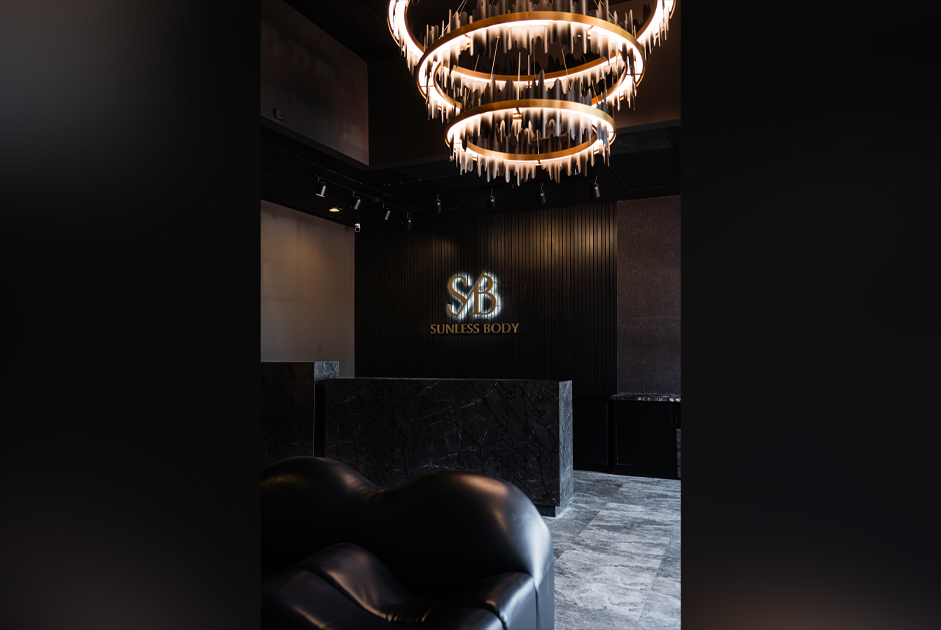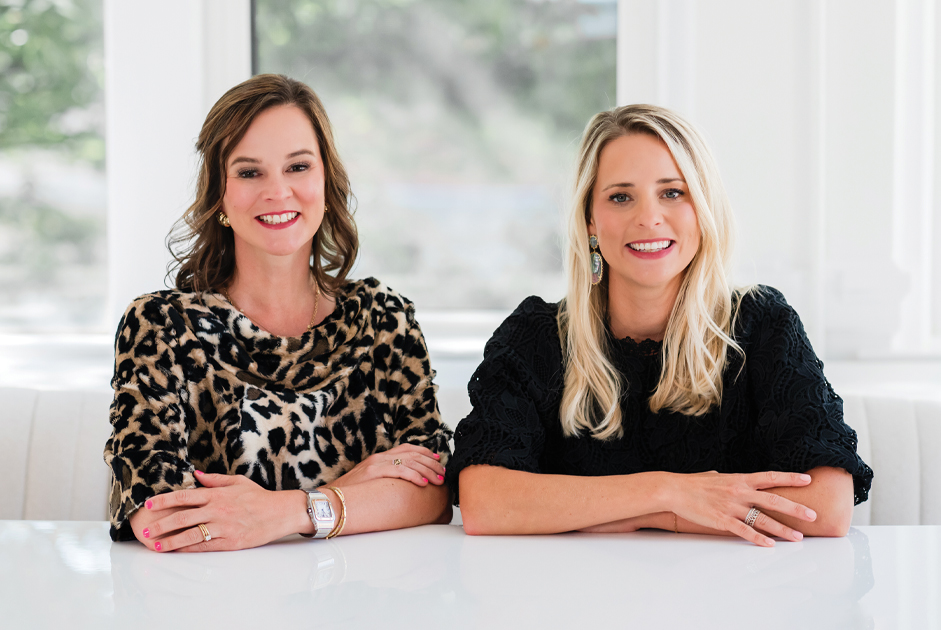BY JEN OLENICZAK BROWN
I’ve been teaching and performing improv for over half my life. In NYC, I was part of a cast that performed on Friday and Saturday nights, off-Broadway, for ten years. I’ve since repurposed my improv training for professionals, and to this date, there is one phrase that sticks with me for now over 22 odd years, a phrase by the legendary improv teacher Del Close:
Follow the fear.
It’s such a funny phrase, follow the fear. We’ve learned, as humans, to run. Fight or flight happens when we perceive a harmful event, attack, or threat to survival. We generally move away from fear, because we’re afraid of things that might harm us. Worse: psychology shows that fear tends to worsen as the fear of the fear response occurs. Basically, we become more fearful of something because of the fear response than the thing we were originally afraid of.
So why follow the fear?
I’m not suggesting that you go chase a bear or swim with a shark. If something is going to end or harm your life and health, then please, don’t follow it. But what about the things we are afraid of that aren’t going to kill us?
As adults, we tend to fear mistakes and failure. We play it safe in life and work, because…why? Because the mistake might kill us, right?
Big surprise, no: most mistakes we make as adults don’t end in death and dismemberment. Many of them don’t even end in losing money, a job, or a relationship. They are usually moments of feeling silly or uncomfortable. That’s not to say we should always try to fail: it’s a privileged thing, to play to fail, and we can’t all afford to fail. When we’re constantly trying not to make a mistake, however, we never succeed.
We should follow our fear because of what lies on the other side of it. Afraid to ask for a raise or promotion? Start a class or new hobby? Ask someone to coffee? Stop and think: what’s on the other side of the fear? Something amazing? Would you have regret if you didn’t follow it?
If you know you’re not following your fear, here’s an easy plan to get you started:
First, isolate what you’re actually afraid of. Let’s take the example of asking for a raise or promotion. What are you afraid of, the raise or promotion, or being told no? Why are you afraid of that?
Now, think about what you’re actually afraid of, and the worst-case scenario. If you ask for the raise, and you are afraid of being told no, what happens if you are told no? Do you lose your job? No one is going to fire you for asking; you won’t ruin the company, explode the earth, lose your family. The literal worst-case scenario is you are told no and you feel a little low about yourself for a bit. That’s it.
Then, think about the best-case scenario. What if they say yes, you can have a raise? Or even, in a few months you can have a raise? Compare the best and worst case: are you willing to risk the opportunity of the best-case over the fear of your worst-case?
After you’ve realized that the fear of ‘what if’ in the worst-case isn’t worth the possibility of best-case (because it never is) start your plan for following this fear. Don’t just jump in if you aren’t a jump in kind of person: take time to plan it, and whenever you hit a new fear, run it through this funnel. See what you’re actually afraid of, balance the worst and best results, and move forward.
Life begins at the edge of our comfort zone. Start living.






















